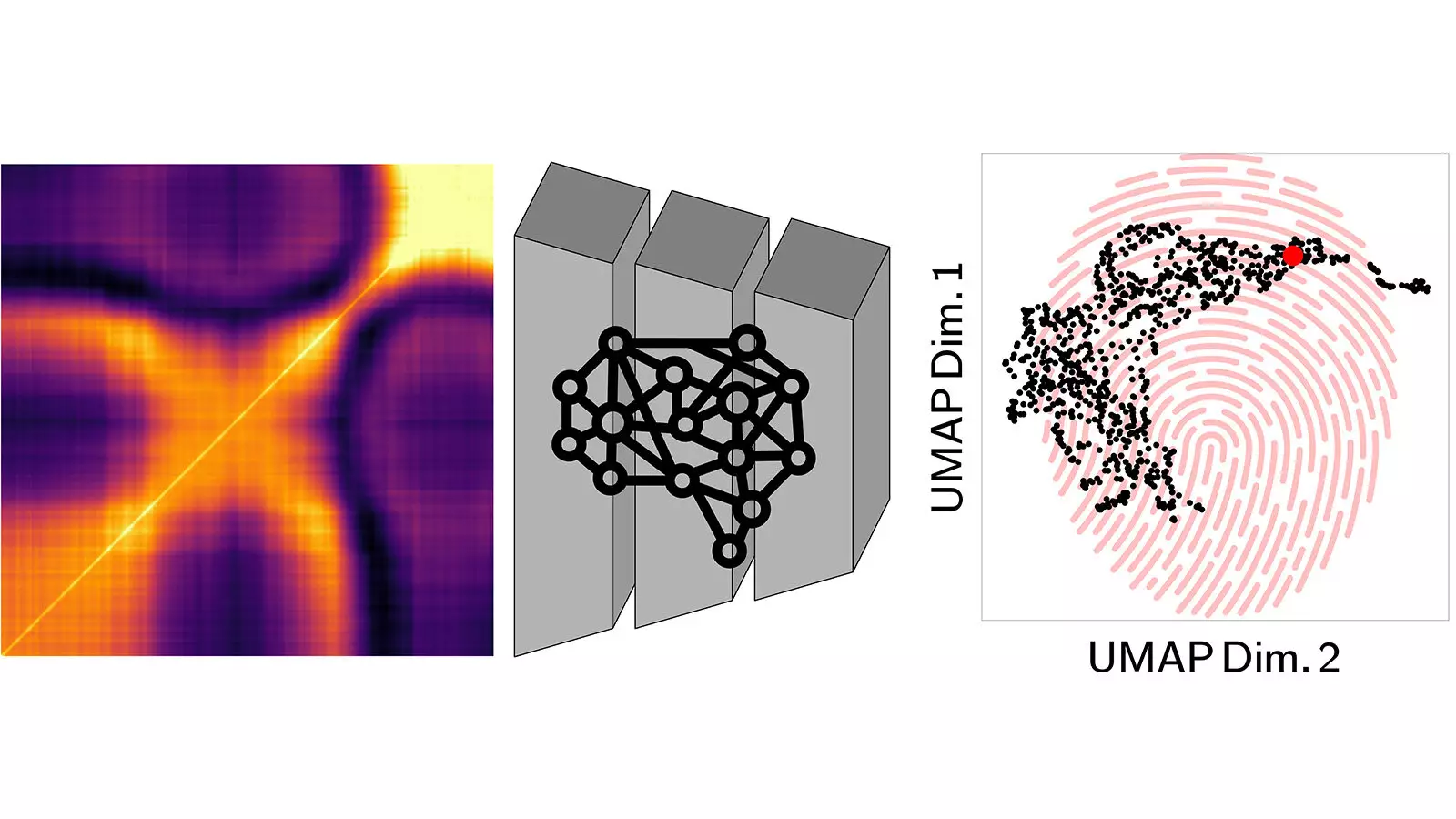In the ever-evolving world of materials science, understanding how materials change over time is pivotal. Just as organisms adapt and evolve, materials, too, exhibit dynamic behavior under various conditions. Advances in technology offer researchers new avenues to delve deeper into the complex interactions of materials, aiding in the quest for knowledge and innovation. In a groundbreaking study, scientists from the Argonne National Laboratory have forged a novel path using X-ray photon correlation spectroscopy (XPCS) combined with artificial intelligence (AI) to analyze these transformations more comprehensively than ever before.
The Challenge of Complexity
Materials tend to behave unpredictably when subjected to different stresses or relaxed states, leading to intricate and complicated scattering patterns that often leave scientists perplexed. The wealth of data gathered from these materials can be daunting and, without the right tools, nearly impossible to decipher. Argonne postdoctoral researcher James (Jay) Horwath emphasizes the limitations faced by researchers: “The patterns are so diverse and so complicated that it becomes difficult even for experts to understand what any of them mean.” Such complexity calls for innovative approaches to distill essential insights from a sea of data.
Introducing AI to the Equation
To tackle this daunting challenge, researchers have engineered a sophisticated synthesis of XPCS and an unsupervised machine learning algorithm, aptly named AI-NERD (Artificial Intelligence for Non-Equilibrium Relaxation Dynamics). This groundbreaking approach employs an autoencoder—a form of neural network that processes and reconstitutes data—transforming extensive scattering data into “fingerprints,” or latent representations. These “fingerprints” encapsulate the essence of the material’s characteristics and behavior, akin to reading a material’s genomic blueprint.
AI’s remarkable capabilities in pattern recognition emerge as the linchpin here. By teaching the algorithm to recognize and categorize patterns inherent in the X-ray scattering data, researchers can reduce unwieldy datasets into comprehensible clusters. “You can think of it like having the material’s genome; it has all the information necessary to reconstruct the entire picture,” Horwath explains, illuminating the transformative nature of this methodology.
A New Era of Material Mapping
The research team’s objective extends beyond mere analysis; they aspire to create a comprehensive map of the material’s fingerprints, clustering similar characteristics into coherent neighborhoods. This “mapping” approach not only enhances understanding but also facilitates a holistic view of how materials evolve over time under different conditions. It’s about recognizing patterns and trends that are otherwise obscured by the sheer volume and complexity of the data.
Horwath insists that, “The AI is a pattern recognition expert.” This assertion is paramount as the upgraded Advanced Photon Source (APS) comes online. The upgraded facility promises to deliver X-ray beams 500 times brighter than its predecessor, generating voluminous data that will necessitate robust AI capabilities to navigate. As material scientists embark on this new frontier, the partnership of AI and XPCS stands poised to transform how we interpret material behaviors on a molecular level.
The Collaborative Spirit of Innovation
The success of this pioneering study is rooted not only in technological advancement but also in collaborative ingenuity. Researchers from various backgrounds and specialties—including molecular simulations and computational science—joined forces, merging their expertise to enrich the project. This collaboration has fostered an environment of innovation, one that is essential for tackling the multifaceted challenges inherent in materials science.
The synergy between theorists and practitioners in this setting creates a fertile ground for exploration. By generating synthetic data that informs the AI workflows, the team is laying the groundwork for a future where AI can autonomously recognize and interpret patterns that elude human understanding. Such advancements are vital for pushing the boundaries of what is possible in material research.
The Future of Materials Science
As researchers at Argonne and beyond continue to explore the capabilities of AI in conjunction with advanced spectroscopic techniques, the future of materials science has never appeared so bright. The implications of these developments extend far beyond academic curiosities; they promise real-world applications in various fields, from engineering and manufacturing to medicine and energy storage.
Integrating AI into material analysis heralds an era where researchers can unlock the mysteries of material dynamics, yielding profound insights that could catalyze breakthroughs in technology and sustainability. The convergence of XPCS and AI is not merely a scientific curiosity; it is a testament to human ingenuity and an exciting glimpse into the possibilities that lie ahead in the ever-evolving realm of materials science.

